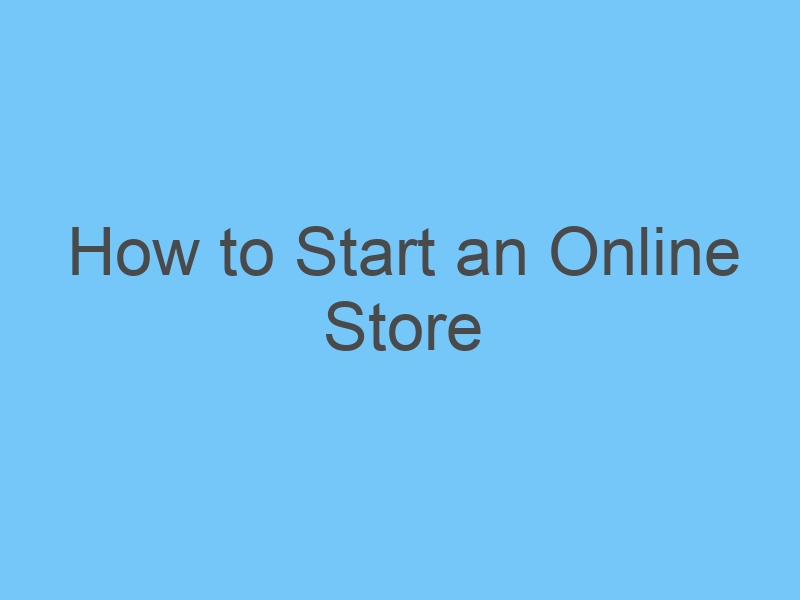
How to Start an Online Store
Starting an online store can be an exciting venture, allowing you to reach a global audience and sell products from the comfort of your own space. Here’s a step-by-step guide to help you get started:
- Choose Your Niche and Products:
- Identify a specific niche or product category you want to focus on.
- Research your target market, competitors, and trends within your chosen niche.
- Decide whether you’ll sell physical products, digital goods, or a combination of both.
- Business Planning:
- Develop a business plan outlining your goals, target audience, pricing strategy, marketing approach, and financial projections.
- Select an E-Commerce Platform:
- Choose an e-commerce platform that suits your needs and technical expertise. Some popular options include Shopify, WooCommerce (WordPress plugin), BigCommerce, and Wix.
- Register a Domain Name:
- Choose a memorable and relevant domain name for your online store.
- Register the domain through a domain registrar or through your chosen e-commerce platform.
- Set Up Your Online Store:
- Sign up for an account on your chosen e-commerce platform.
- Customize your store’s design by selecting a theme, adding your logo, and choosing a color scheme.
- Add Products and Listings:
- Create detailed product listings with high-quality images and compelling descriptions.
- Include important product information such as price, sizes, colors, and specifications.
- Set Up Payment Gateways:
- Integrate secure payment gateways to allow customers to make purchases using credit cards, PayPal, or other methods.
- Set Up Shipping:
- Determine your shipping methods, rates, and policies. Consider offering options for domestic and international shipping.
- Set up shipping zones and rates based on location and weight.
- Legal and Compliance:
- Register your business and obtain any necessary licenses or permits.
- Display terms of service, privacy policy, and refund/exchange policies on your website.
- Launch Your Online Store:
- Test your online store thoroughly to ensure all functionalities are working correctly.
- Launch your store by making it live and accessible to the public.
- Marketing and Promotion:
- Develop a marketing strategy to promote your online store. This can include social media marketing, content creation, email marketing, and paid advertising.
- Utilize search engine optimization (SEO) techniques to improve your store’s visibility on search engines.
- Customer Service:
- Provide excellent customer service by promptly addressing inquiries, resolving issues, and offering assistance to customers.
- Implement live chat or chatbots to engage with customers in real time.
- Monitor and Analyze:
- Use analytics tools to track website traffic, sales, and customer behavior.
- Gather insights to make informed decisions and optimize your store’s performance.
- Expand and Scale:
- As your online store grows, consider expanding your product offerings, exploring new marketing channels, and optimizing your processes for efficiency.
Remember that success in the world of e-commerce takes time and effort. Focus on creating a user-friendly, visually appealing, and trustworthy online store that delivers value to your customers. Building a strong brand and providing excellent customer experiences will help you attract and retain customers as you work toward your online store’s success.

Dr Clara Lee is specializes in aesthetic/cosmetic plastic surgery of the face, nose, breast and body, and is considered one of the best facial plastic surgeons in the world. MD, FACS, is highly qualified and experienced in the field of plastic surgery and aesthetic care and has performed over 10,000 surgical procedures.
About
Dr. Clara Lee couples his outstanding professional credentials and ethics with a personalized approach to patient care and a keen eye for aesthetic beauty.
Specialties: plastic surgeon, plastic surgery
by Clara Lee
Reviewed by Clara Lee
approved by Dr Clara Lee
Leave a Reply